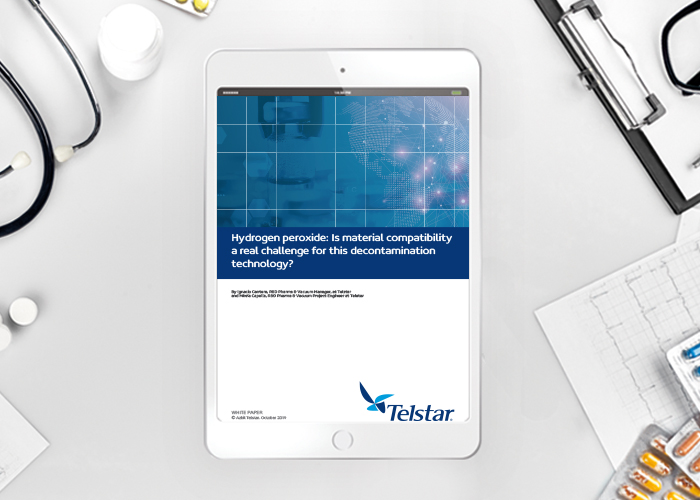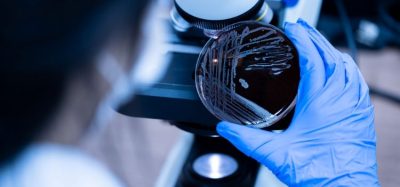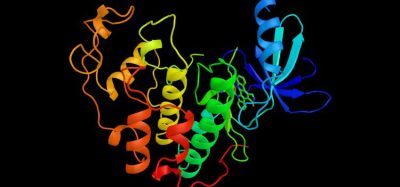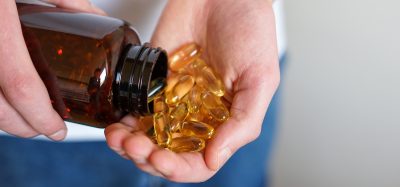Whitepaper: Hydrogen peroxide: Is material compatibility a real challenge for this decontamination technology?
Posted: 31 October 2019 | Telstar | No comments yet
One of the most important challenges of the hydrogen peroxide technology has traditionally been the material compatibility.
The high oxidation potential of the compound is the main driver of the microorganism deactivation, but it is also, in some cases, the main driver of the damage that the materials could undergo when treated with this chemical. This study has demonstrated that, even though there is oxidation in materials such as copper or POM, the most common materials found in the pharmaceutical industry are not affected by a low concentrated solution. It emphasizes the importance of the type of injection technology as well as the sterilant formulation when discussing about hydrogen peroxide material compatibility.
Related content from this organisation
- Press release: Freeze drying: New Telstar Usifroid platform for retrofitting & maintenance
- Press release: Telstar: 360 degrees GMP consultancy & engineering solutions at CPhI
- Whitepaper: Digital transformation of medical devices sterilisation by EtO
- Case study: New trends: reducing GWP impact on GMP freeze drying processes
- Case study: Challenges in manufacturing high value lyophilised oncology drugs










